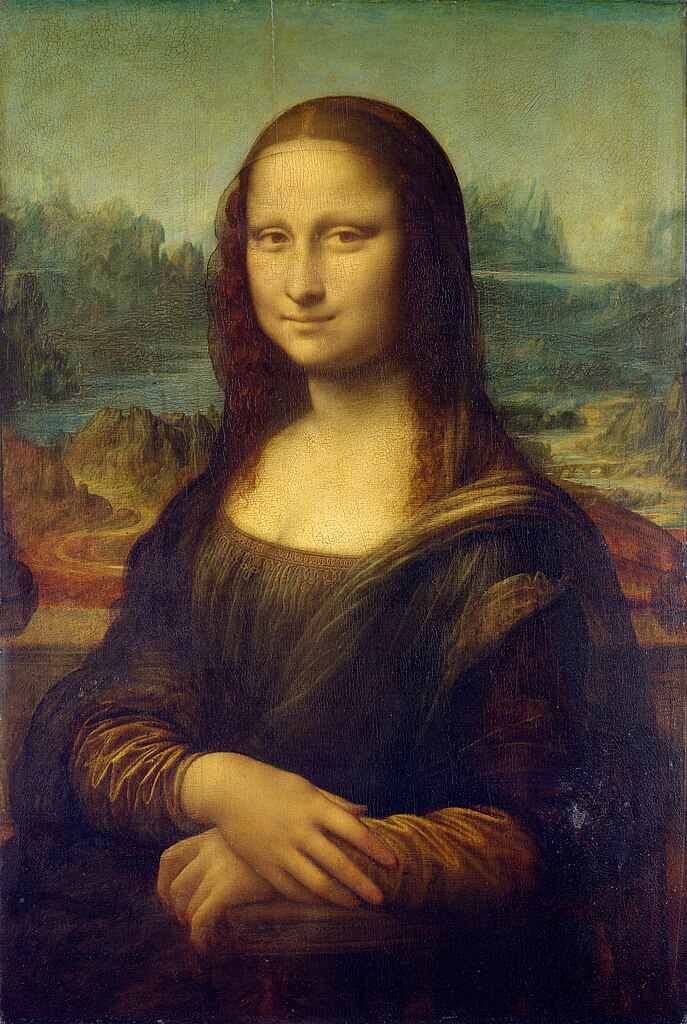UCLA is such a huge campus there are many places that remain unknown to most students. With all of the construction that occurs on campus, we tend to only focus on the new buildings being built and forget about the older buildings that are filled with years of history and knowledge. I had no clue that the Louise M. Darling Biomedical Library existed—which made my visit to the library an interesting experience.
Tucked away in South Campus off of Charles E. Young Drive, the UCLA Biomedical Library’s History and Special Collections for the Sciences was established in 1964. The library’s collection includes history textbooks related to just about every science topic related to the medical field. It contains countless shelves of books pertaining to biomedical professions as well.
The biomedical library was not quite what I had expected. Although the library is not quite as a elaborate as some of the libraries in North Campus, I had a similar feel to it. I had anticipated that the building would be one newer, featuring state of the art facilities similar to the CNSI building. Instead, it had a older, more traditional library feel. The book stacks had a unique feel to them as well, as I felt as if I had entered the hull of a ship. The stairs connecting one level of the stacks to the next were directly one on top of the other, and floor level was stamped on the steel walls next to the stairs similarly to how I would imagine it would be on a boat. The book stacks were eerily quiet, but it makes for the perfect environment to get work done.
So far, each of the guest lectures and extra events had somehow connected the two cultures of science and art together. The UCLA Biomedical Library was much different, as it if only focuses on the science culture. I found this a little surprising, so I searched the library to find a connection between science and art. I was unsuccessful in doing so, yet came to the conclusion that not everything is a pure combination of the two cultures, However, it is the research done in this library, combined with a good amount of creativity that brings the cultures of art and science closer together.
















